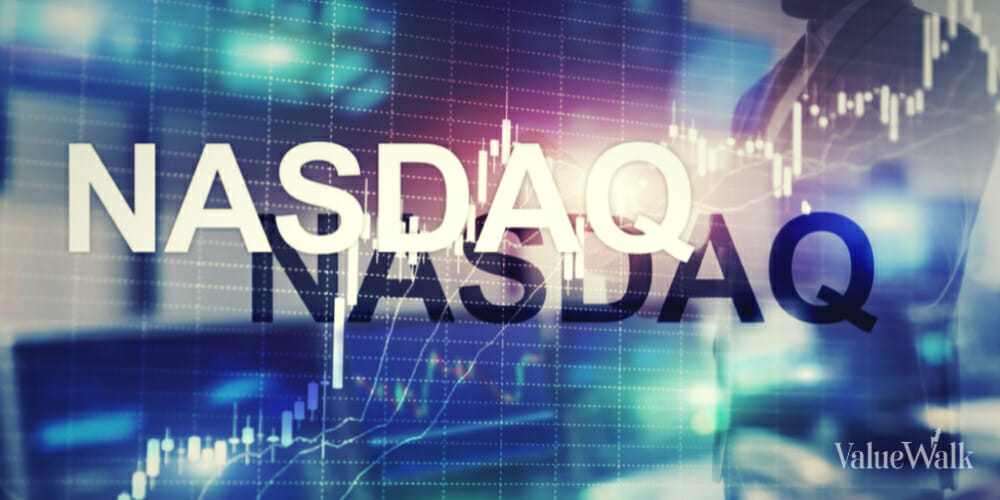It has been a wild ride lately for the Nasdaq, with Thanksgiving, Black Friday, China’s Covid-19 crisis, and Powell’s interest rate speech driving peaks and dips for the benchmark stock market. But where is it headed next?
“It seems like there is a rollercoaster of volatility right now within the US stock market” comments CMC Markets’ chief market analyst Michael Hewson, as we witness the Nasdaq exchange and its major constituents chopping between new intraday highs and lows on a daily basis.
Q3 2022 hedge fund letters, conferences and more
Given that it’s fairly common to see the market rally in the lead up to Thanksgiving, we may have expected a surge in price for the Nasdaq 100 and Nasdaq Composite indices, but this wasn’t exactly the case.
“On a short-term basis US markets are neither overbought nor oversold, but ping-ponging between the two. That’s what happens when you have two days down, one day up, and the market simply chops about”, financial analyst Helene Meisler told CMC Markets in an exclusive interview (find out more).
Is Tech In Trouble?
One concern for investors may be the tech-heavy Nasdaq 100, which is often affected by external factors like the US dollar, interest rate hikes and international conflict.
Last week, Apple Inc (NASDAQ:AAPL) shares fell on concerns over the production of its iPhone 14, as unrest in China has impacted its supply chain. This unrest could see a shortfall of nearly 6 million iPhones, mainly due to the disruption being experienced at the Foxconn plant in Zhengzhou.
Additionally, some global tech giants have recently announced the loss of thousands of jobs, with Amazon reporting 10,000 and Meta reporting 11,000 positions, sparking concern for the US economy.
The Nasdaq registered 140 new stock highs in early November, and by mid-November, this number had dropped to 139. Although this drop may seem small, the Nasdaq was 750 points higher than it was at the start of the month, so “we should have seen this figure expanding, not contracting, as the index rose”, Meisler points out. Of course, there may be other reasons for this, such as slowing momentum due to the time of year.
Bounce Back After Powell's Announcement
Wednesday 30th November was an important date to note, when Federal Reserve Chair Jerome Powell gave a speech indicating that a slowdown in the pace of rate hikes might be appropriate. Powell commented “the time for moderating the pace of rate increases may come as soon as the December meeting”, although he warned that "history cautions strongly against prematurely loosening policy."
Smaller rate hikes could be expected going forward but the rate of inflation is uncertain. This could be attributed to a combination of concerns over policy lags, an economic slowdown, and inflation that may already have peaked.
Upon the announcement, all major US benchmark indices showed signs of a bullish breakout, with the Nasdaq Composite surging 4.4% to 11,468. Tech giants listed on the Nasdaq like Netflix (NASDAQ:NFLX), Nvidia (NASDAQ:NVDA) and Meta Platforms (NASDAQ:META) jumped 8.2%, 8.7% and 8%, respectively.
So, in which direction is the Nasdaq headed next?
If the rate hikes do indeed slow down as promised, it’s possible that this stock rally will continue. “My estimation is that the market is slightly overbought on an intermediate-term basis, but could become fully overbought in early December,” predicts Meisler, suggesting that the Nasdaq’s volatility rollercoaster could continue into the New Year.






